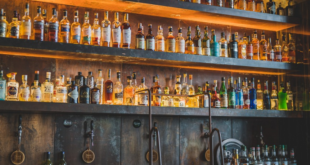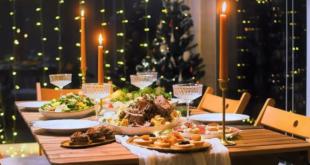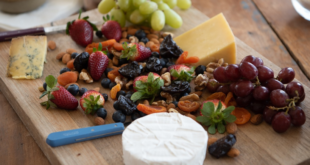France can rightly lay claim to producing many of the world’s finest wines but it doesn’t have a monopoly. The UK for instance is challenging Champagne in the sparkling arena albeit volumes are small. Further afield fine new world wines are bigger threat to France’s high end market dominance.
Australia
We know Australia for reliable, full flavour wines at competitive prices. They are masters of producing wine of a good standard on an industrial scale. This isn’t the full story, the country with its fine wine making climate, also produces some spectacular fine wines. Of these, Penfolds Grange is undoubtedly the best known, dating back to the late 1950s, based on the Shiraz grape it is recognised worldwide as one of the world’s greatest wines.
Whilst Grange is the flag bearer, there are many others to seek out. Langton’s who started life as fine wine auctioneers, provide the definitive guide to what is best in Australian wine making. Unlike old worlds classifications, their’s comprises of three tiers, all linked to wine quality only.
-
Exceptional
The most highly prized of all Australian fine wines. Representing generations of effort and character of place.
-
Outstanding
The best of Australian winemaking practices, vineyard provenance and regional voice.
-
Excellent
Australian wines of consistent merit. Steadfast, popular and expressive.
New Zealand
In 2017 new laws gave wine making area geographical protection. Now only wines from Hawke’s Bay or Marlborough for instance, can be labelled as such. There is no formal classification of quality.
Although best known for fine Sauvignon Blanc, they are also good with Pinot Noir and Chardonnay. The country also produces some great sparklers using the “champagne method.” They are consistent winners of top awards at international level. Their wines are widely found in UK supermarkets, normally priced above their antipodean neighbours.
South Africa
Beside the budget priced supermarket offers, the rainbow nation has centuries of wine making history, perhaps it is wrong to classify them as New World. Settlers from Europe planted vineyards in the Cape area as long ago as the 17th century.
Stellenbosch is the main centre with nearby Franschhoek important for fine wines. Vine growing and subsequently wine quality suffered under the apartheid years. Since the end of that bleak period, the industry is reinvigorated, replanting vineyards and relearning old skills. Their fine wine are still hard to find in the main outlets but well worth seeking out from specialists.
If you are looking for a good alternative to Champagne, you cannot do much better than trying Graham Beck. SA sparklers made traditionally are designated MCC (Methode Cap Classique).
The country has a geographically based classification system, “Wine Of Origin.” For many, the definitive guide to South African wine is Platters, updated annually, they all have a useful app for your smartphone.
Read more about the Cape Winelands
In a future post we will look at Fine New World Wines from the Americas.
 Vino-Club For Wine Lovers
Vino-Club For Wine Lovers






